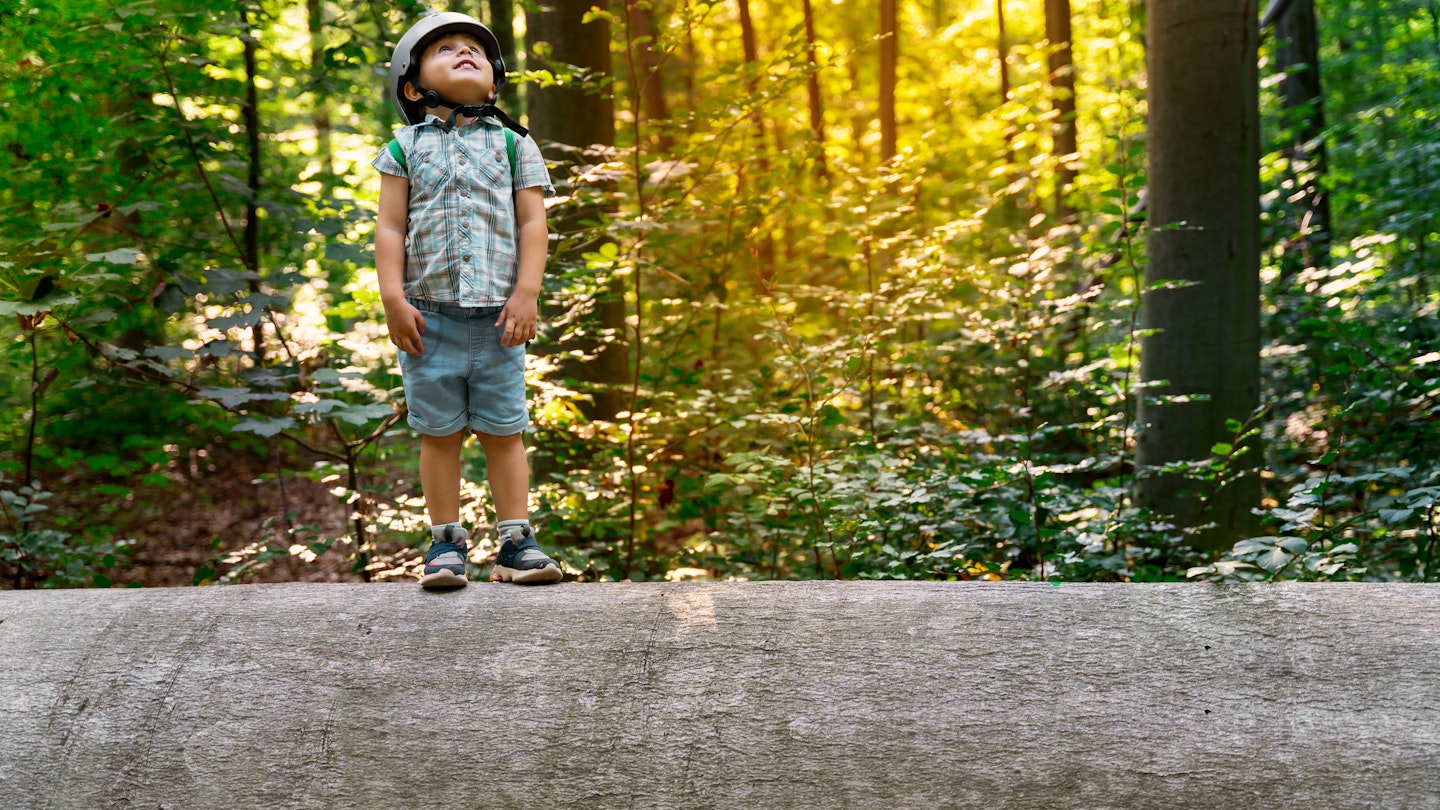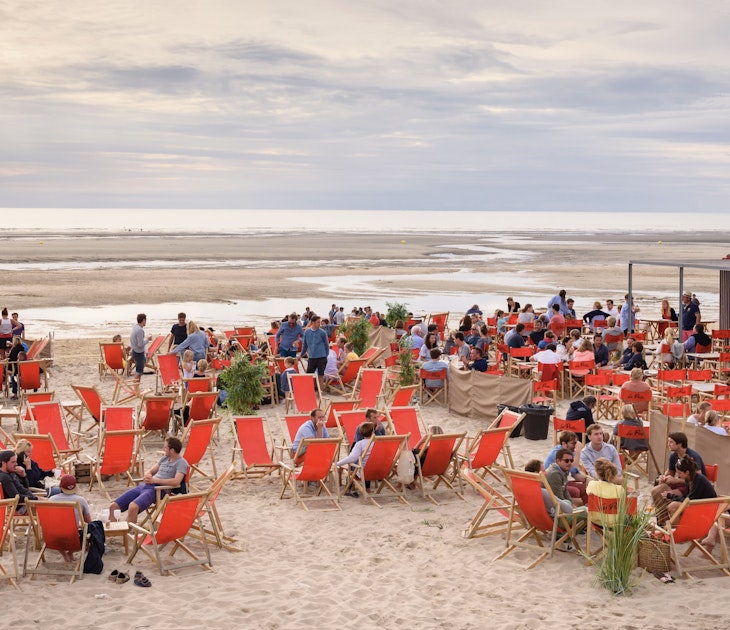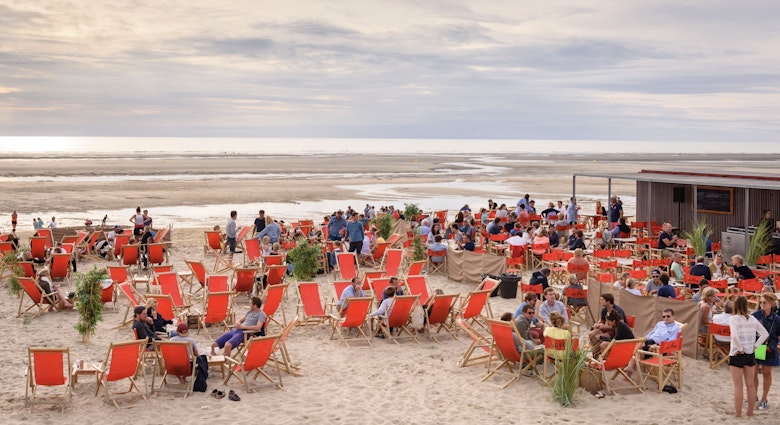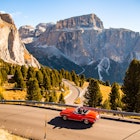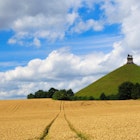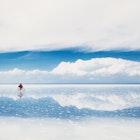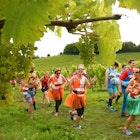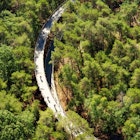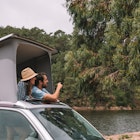Belgium’s wild places provide the perfect counterpoint to its medieval centers and historic attractions. Coniferous forests, biologically rich wetlands, and the foggy moors of the uplands are among the diverse settings where you can experience the surprising beauty of this small European nation.
Whether you’re after great hiking, biking, birdwatching, or even winter activities like cross-country skiing, you’ll find some outstanding destinations in Belgium. And the country’s relatively compact size means you can pack a lot of variety into even a short getaway. Here’s a rundown of the top three nature reserves in Belgium to put on your travel itinerary.
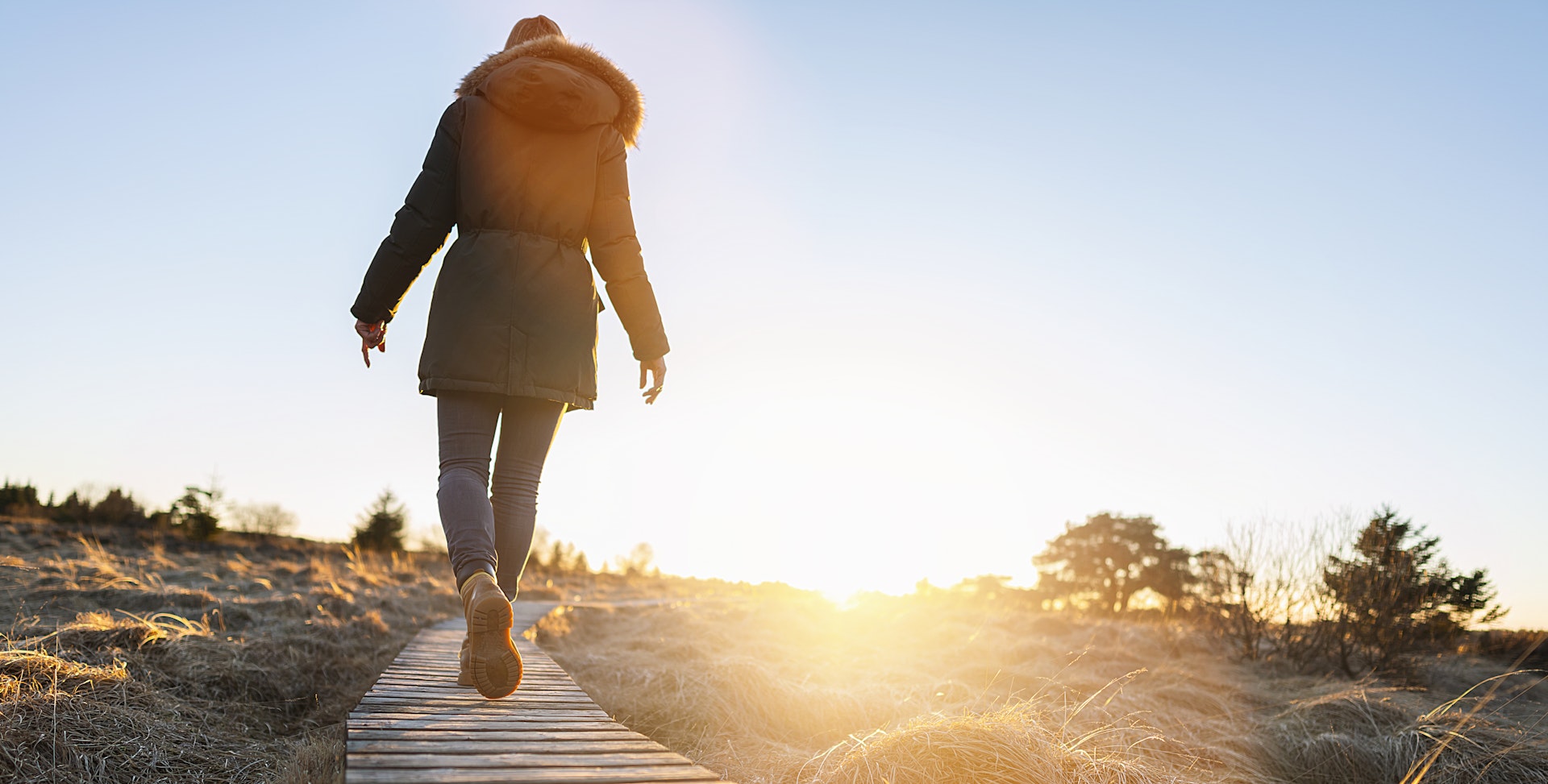
Parc Naturel Hautes Fagnes, Wallonia
Best for botany lovers
One of the most beautiful regions in Belgium lies tucked away in the far east of French-speaking Wallonia. Here, the wind-swept moors and misty peat bog evoke an otherworldly landscape, while further south lies the equally enchanting Upper Eifel region with its forest-covered hills, shimmering lakes and flower-fringed valleys.
Part of a nature reserve that spreads between Belgium and Germany, the High Fens – Eifel Nature Park has been around since 1971, and its 72,000 hectares (with another 100,000 in Germany) extend across twelve Belgian municipalities. The park is home to Belgium’s highest point, the 694m Signal de Botrange, and some of the country’s most unusual plant life, from the sundew (a carnivorous plant) to the rare bog asphodel with its star-shaped yellow flowers.
Every season brings its own rewards. In spring, you can walk among the fantastic wildflower blooms when daffodils blanket the hillsides. The golden leaves of birch trees make for equally photogenic rambles in autumn. In the heat of summer, you can enjoy cool walks beneath the dark forest canopy. As the temperatures plummet and the first snows arrive, winter lovers head to Signal de Botrange for cross-country skiing over the frozen hills.
Visiting Parc Naturel Hautes Fagnes
Four villages on the outskirts of the park make the best bases for overnighting in the area: Eupen, Montjoie, Spa, and Malmedy. Most visitors arrive by car or bicycle. If coming by public transport, bus 390 runs between Verviers Gare Central train station and Elsenborn Siedlung and stops at Signal de Botrange. Bus 394 running between Eupen Banhof train station and Sankt-Vith also stops there.
A good first stop for exploring the park is the Maison du Parc-Botrange. Atop Belgium’s highest point, this information office and museum is the starting point for trails across the high fens, and staff happily dole out information on walks and other activities in the area. Be sure to check out the small kid-friendly exhibits that delve into the flora and fauna of the Hautes Fagnes. You can rent bikes from spring through fall and hire cross-country skis in the winter. You can also purchase maps and information guides. After a walk, you can have a meal at the Maison’s brasserie.

Hoge Kempen National Park, Limburg
Best for adventurers
In the northeastern region of Limburg province, Hoge Kempen National Park encompasses 12,000 hectares of heathland and forest interspersed with marshes, streams, and even the odd sandy patch. The park stretches across six different municipalities and is the largest reserve in Flanders. While lacking in elevation (like everywhere else in this vertically challenged nation), the park has exceptional beauty. Pine-scented forests, golden-lit purple heathland, and sparkling lakes make a memorable setting to connect with nature. Hoge Kempen also boasts impressive biodiversity with over 7000 plant and animal species.
The hiking here is superb with over 80 signposted loops totaling 220km of walking trails. Two outstanding trails start in Pietersheim, including an 11.4km red-signed trail that takes you past a moated castle, along elegant beech-lined lanes, and through salamander-filled brooks and woodlands. Those seeking a bit more challenge can take on the park’s multi-day long-distance hike, camping along the way. The so-called National Park Trail, which was extended to 100km in 2022, takes in fens, moors, dunes, and ponds over four or so nature-filled days.
Mountain bikers are spoiled for choice when it comes to park adventures. Ten different trails offer varied terrain from challenging ascents up rugged slopes to scenic, easy-going pedals along the Meuse Valley.
Horse riders can head off on 140km of tracks made for quadrupeds and horse-drawn vehicles. These routes only rarely overlap with walking or biking paths and provide the chance to ride across fields and through leafy forests. There’s even more riding just beyond the park – Limburg province has a staggering 550km of tracks.
If you’re traveling with kids, the park has plenty of attractions apart from hiking. Terhills has an aquapark, an observation tower that’s fun to climb, and a big playground. Pietersheim has a moated castle, pony rides, and a petting farm. The curious Blotevoetenpad (Barefeet Path) in Lieteberg takes you across wood, grass, stone, sand, and water on a sensory-filled excursion that’s unique to the park. In Kattevennen, you can play mini-golf or check out astronomy shows in the Cosmodrome. On Saturday nights in winter, you can peer through telescopes on a guided viewing of the night sky at the observatory there.
Visiting Hoge Kempen National Park
Nine different gateways provide access, and each offers a different facet of the park. Hoge Kempen is easiest to reach by car along the E314, taking either exit 32 or 33. If coming by train, go to Genk Station. From there you can continue to the park (Kattevennen entrance) via buses operated by De Lijn. Bikes are also available for hire at Genk station, or you can make the leisurely 3km walk to Kattevennen. In the park, you can hire bikes at Kattevennen, Lieteberg, Pietersheim, and Station As.
Paths are well-marked, but it helps to have a regional map whether you're hiking, mountain biking or horse riding. You can purchase one from an information kiosk for about €8.
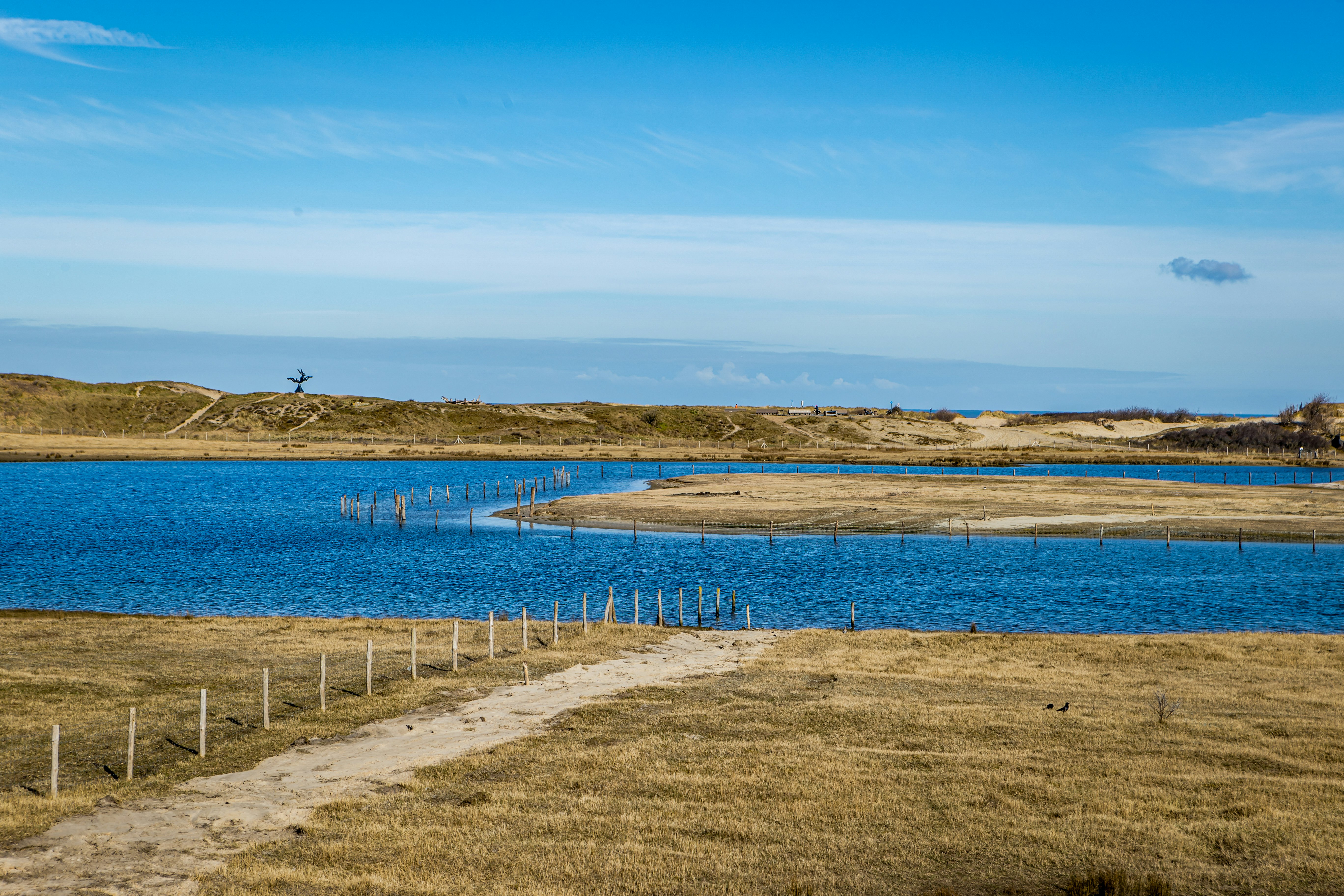
Zwin Nature Park, West Flanders
Best for birders and families
Near the Netherlands border in West Flanders, the Zwin attracts such an impressive range of feathered creatures that it’s known as the "international bird airport." Amid mudflats, salt marshes, and scrub forests, over 350 bird species have been spotted. The nature reserve was created in 1952, making it the first such protected area in Flanders. Although diminutive in size, this 150-hectare site is one of Belgium’s most important wetland habitats.
During the spring and fall migration, you can expect to see an astonishing variety of birdlife, from breeding white storks and common shelducks to osprey and Eurasian oystercatchers. Various walking trails in the Zwin provide fine perspectives over the diverse habitats, and you can also ascend a panorama tower for 360-degree views across dunes, the Zwin plain, and polders (land reclaimed from the sea). Observation huts, including several with free-to-use telescopes, dot the cabin trail, and guides are also on hand to give more insight into the area’s fauna and flora.
The Zwin is a big hit with families. Interactive exhibitions in the visitor center delve into the science behind flight, avian biology, and the incredible journeys made by migratory birds. There’s also a feeding hut where you can see birds up close, a laboratory area for viewing insect specimens under a microscope, and a listening station for learning to identify different bird calls.
Visiting the Zwin
The nature reserve lies 12km east of Knokke train station in the small city of Knokke-Heist. Bus line 12 operated by De Lijn provides handy access. The reserve is also easily reached by bicycle with dedicated bike lanes coming from town.
Admission to the park is €14 for adults and €6 for children (admission is free for those under age 6). You can save a couple of euros by booking online at least one day in advance. The visitor center and the hut trail are wheelchair and pram accessible. When hunger strikes, head to the self-service bistro, or bring your own food and enjoy a meal on the picnic terrace.

